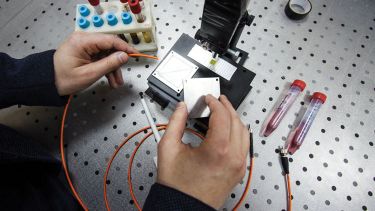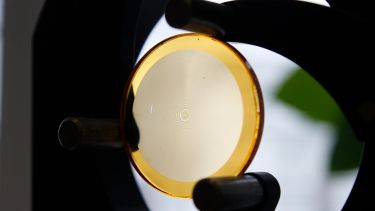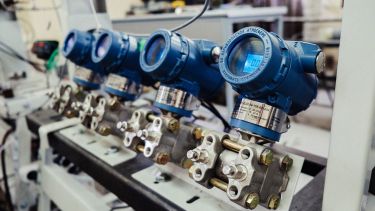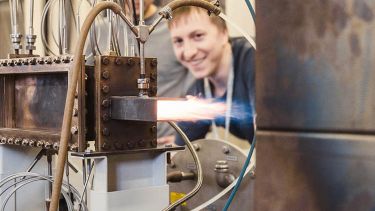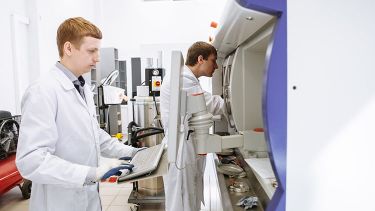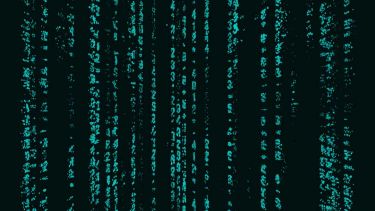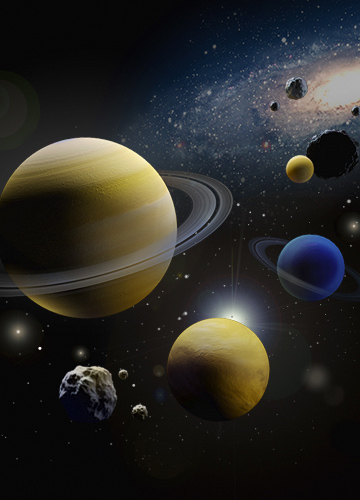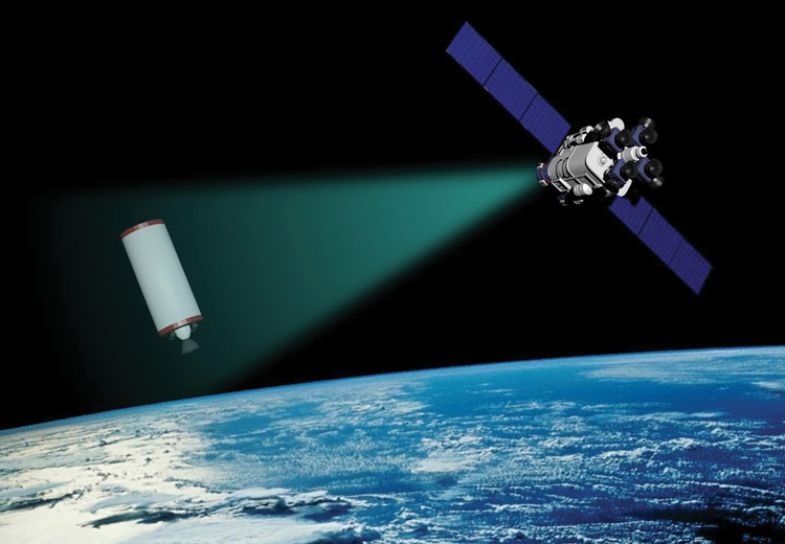
Scientists at Samara National Research University are conducting ambitious research into space technologies that could prevent global crises
Samara National Research University is a world-leading institution in the fields of aviation, rockets and space technologies. It has taught students who are now specialists in the industry, while its academics continue to develop groundbreaking research into space sciences.
Samara University boasts many research institutes, laboratories and scientific groups that are making great strides in space research. For example, the university’s theoretical mechanics department conducts fundamental research into space tether systems and space elevators, the use of re-entry vehicles, gyrostat satellites and the removal of space debris.
Currently, Samara University scientists are working on methods to protect the Earth from the consequences of intensive space exploration, namely the accumulation of space debris. “Removing space debris is an urgent problem for humanity,” says Vladimir Aslanov, head of the mechanics research group and the department of theoretical mechanics at Samara University.
“There are now more than 20,000 large pieces of space debris in the near-Earth space, including the fragments of failed satellites, abandoned launch vehicle stages and millions of small artificial particles that are rushing at great speed. This man-made debris, weighing several thousand tons, pollutes the Earth’s orbit and threatens existing spacecraft and satellites.
“Scientists in our group have developed a method for future space missions to capture orbital debris using a tether and harpoon. The captured objects will be pushed towards the dense layers of the atmosphere with an accurate calculation of the time and drop point of the debris. Additionally, [Samara University scientists] propose to move space debris into disposal orbits about 40,000km higher [than Earth’s].” In total, the university has developed seven potential solutions to the growing problem of space debris.
As a part of the International Scientific Group, Samara University is also developing more accurate predictions of the dangers posed by different types of space debris, based on calculations using factors such as mass and proximity to spacecraft. These forecasts will reduce the number of collisions with operating satellites. If not prevented, such collisions could lead to significant crises, such as the global failure of navigation systems, climate monitoring technology and other satellite systems.
Working in collaboration with colleagues from other Russian universities, Samara University scientists are also engaged in the formation of future space missions. Professor Aslanov leads the laboratory at the Moscow Aviation Institute, which was established in 2019 with funding from the Russian government’s mega-grant programme.
Together, this team of scientists is developing techniques to move objects in space without direct mechanical contact, instead using the particles of an ion thruster plume. With this method, active spacecraft can use their ionic flow strength to move passive objects such as space debris and to put new satellites into orbit.
The university’s researchers are also studying innovative uses for Coulomb’s law, which quantifies the amount of force between two stationary, electrically charged particles. If applied in space, scientists could remotely charge objects and move them with a charged spacecraft.
With so many projects in the works, Professor Aslanov’s ambitious team is leading the way in an essential and fast-moving field.
Find out more about Samara University.

